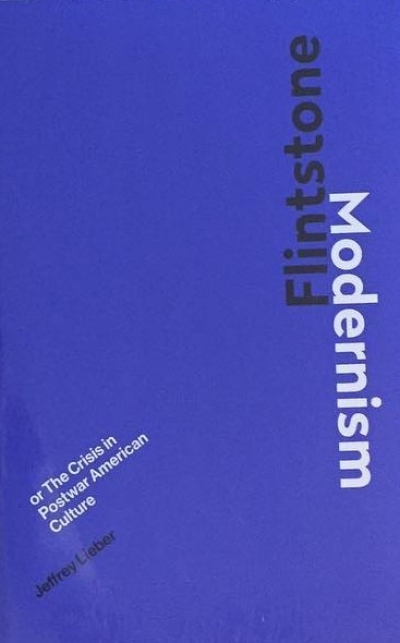
Flintstone Modernism. Or the Crisis in Postwar American Culture
In Flintstone Modernism, Jeffrey Lieber investigates transformations in postwar American architecture and culture. He considers sword-and-sandal films of the 1950s and 1960s -- including forgotten gems such as Land of the Pharaohs, Helen of Troy, and The Egyptian -- and their protean, ideologically charged representations of totalitarianism and democracy. He connects Cinemascope and other widescreen technologies to the architectural "glass curtain wall," arguing that both represented the all-encompassing eye of American Enterprise. Lieber reminds us that until recently midcentury modern American architecture was reviled by architectural historians but celebrated by design enthusiasts, just as sword-and-sandal epics are alternately hailed as cult classics or derided as camp.
Lieber's argument is absorbing, exuberant, and comprehensive. Following Hannah Arendt, who looked for analogies in the classical past in order to understand midcentury's cultural crisis, Lieber terms the postwar reckoning of ancient civilizations and modern ideals "Flintstone modernism." In new assessments of the major architects of the period, Lieber uncovers the cultural and political fantasies that animated or impinged on their work, offering surprising insights into Gordon Bunshaft's commonsense classicism; Eero Saarinen's architectural narratives of ersatz empire and Marcel Breuer's mania for Egyptian monoliths; and Edward Durell Stone's romantic "flights of fancy" and Philip Johnson's wicked brand of cynical cultural and sociopolitical critique.
Deftly moving among architecture, film, philosophy, and politics, Lieber illuminates the artifice that resulted from the conjunction of high style and mass-cultural values in postwar America.